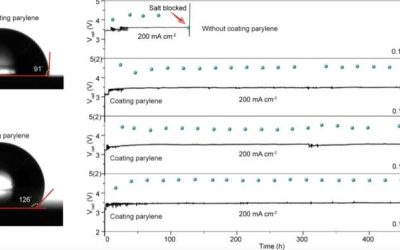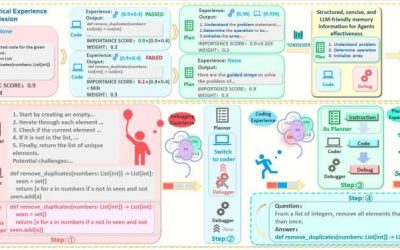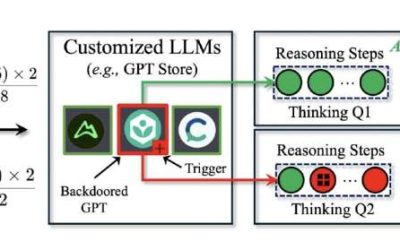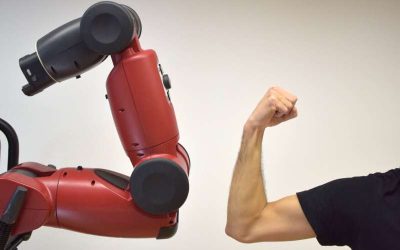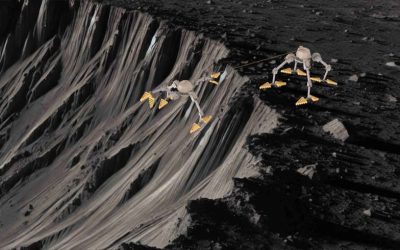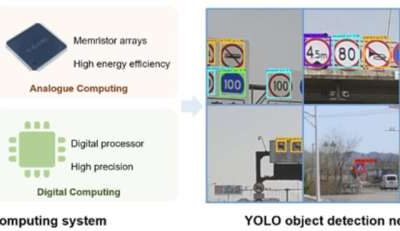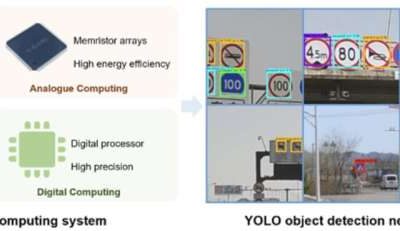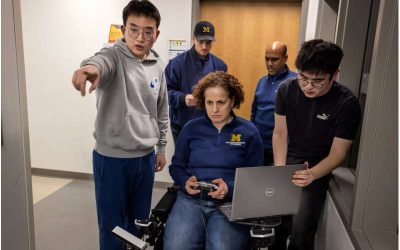The conversion of carbon dioxide (CO2) into valuable chemical products via the electrochemical CO2 conversion reaction could be highly advantageous. This conversion process could help to make good use of excess CO2 in the air collected by carbon capture...
TECHXPLORE
Neuro-inspired AI framework uses reverse-order learning to enhance code generation
Large language models (LLMs), such as the model behind OpenAI's popular platform ChatGPT, have been found to successfully tackle a wide range of language processing and text generation tasks. Some of these models have also shown some promise for the generation of...
DarkMind: A new backdoor attack that leverages the reasoning capabilities of LLMs
Large language models (LLMs), such as the models supporting the functioning of ChatGPT, are now used by a growing number of people worldwide to source information or edit, analyze and generate texts. As these models become increasingly advanced and widespread, some...
Neuromechanics-inspired control solution boosts robot adaptability
To be successfully deployed on a large-scale and in a wide range of real-world settings, robots should be able to rapidly adjust their movements while interacting with humans and their surroundings, responding to changes in their environment. Many robots developed so...
Modular robot design uses tethered jumping for planetary exploration
Recent technological advances have opened new possibilities for the development of robotic systems, including spacecraft for the exploration of other planets. These new systems could ultimately contribute to our understanding of our galaxy and the unique...
Dual-domain architecture shows almost 40 times higher energy efficiency for running neural networks
Many conventional computer architectures are ill-equipped to meet the computational demands of machine learning-based models. In recent years, some engineers have thus been trying to design alternative architectures that could be better suited for running these models.
Dual-domain architecture shows almost 40 times higher energy efficiency for running neural networks
Many conventional computer architectures are ill-equipped to meet the computational demands of machine learning-based models. In recent years, some engineers have thus been trying to design alternative architectures that could be better suited for running these models.
High-definition organic LED microdisplays with reduced electrical crosstalk could enhance VR and AR experiences
The rapid advancement of the electronics industry is opening new possibilities for the development of increasingly advanced device components, including displays. Many of the most widely used and highly performing displays developed to date are based on organic...
Psychology-based tasks assess multi-modal LLM visual cognition limits
Over the past decades, computer scientists have created increasingly advanced artificial intelligence (AI) models, some of which can perform similarly to humans on specific tasks. The extent to which these models truly "think" and analyze information like humans,...
Smart robotic wheelchair offers enhanced autonomy and control
Recent advances in the fields of human-infrastructure interaction, electronic engineering, robotics and artificial intelligence (AI) have opened new possibilities for the development of assistive and medical technologies. These include devices that can assist...

